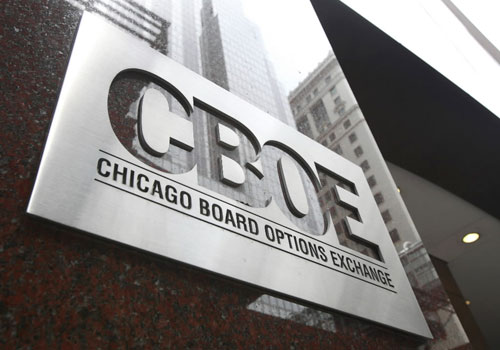FLASH FRIDAY is a weekly content series looking at the past, present and future of capital markets trading and technology. FLASH FRIDAY is sponsored by Instinet, a Nomura company.
At its core, Flash Friday is about trawling the Traders Magazine archives for interesting material that can be tied back to the present day. Traders has covered securities trading and technology for decades, so what better window to view the industry’s evolution than via faintly musty old Traders Magazines?
From writing Flash Friday for a while now, your trusty Traders Magazine editorial staff has played “where are they now?” many times. It can be fun and interesting to find someone who appeared in Traders 20 or 30 years ago and connect with that person for an update.
We’ve found people who are still in the business, or doing something else, or retired, or sadly, deceased.
From reviewing LinkedIn profiles of perhaps a few hundred securities industry veterans, one uncommon path, say, among those who started their careers in the early 1990s or before) is changing asset classes within the industry. For example, going from fixed income to equities, or equities to FX, or vice versa on either.
But “asset-class hopping” may be less rare than it used to be.
Chris Concannon, then President and COO of Cboe Global Markets, notably joined fixed income trading platform MarketAxess in 2019. Since then, Vlad Khandros and Bryan Harkins took the same equities-to-bonds path to Trumid. And there have been a host of Wall Street people who have moved from traditional securities markets to cryptocurrencies over the past few years, for example Greg Tusar, Richard Kim, and Matt Zhang.
Shifting from one asset class to another is all about opportunity – going to where there’s more change and disruption. It may be high risk, but it’s also high reward.

“People may want to move to the hot area,” said Audrey Blater, senior market structure and technology analyst at Coalition Greenwich. She cited collateralized debt obligations (CDOs) as a coveted trading desk position leading up to the global financial crisis of 2008-2009, and more recently, corporate bonds, a market that is transforming amid an influx of data and need for technology and coding skills that weren’t there previously.
Changing asset classes “is tethered to the dynamics of the market,” Blater told Traders. “All of us know someone who has left to go to a crypto firm, someone who took the plunge to see if it will pay off.”
Will those who took a career risk to jump to crypto be rewarded? Or will there be a similar dynamic to the very early 2000s, when many risk-taking professionals had to go “B2C” (back to consulting) after the internet bubble popped?
That remains to be seen. Crypto was white-hot for a number of years, as evidenced by the price of bitcoin rising to an all-time high of $68,000 in November 2021. But it has cooled considerably since then. The future direction of the market is, of course, uncertain.







